TEKS Math 6
(1) The desire to achieve educational excellence is the driving force behind the Texas essential knowledge and skills for mathematics, guided by the college and career readiness standards. By embedding statistics, probability, and finance, while focusing on computational thinking, mathematical fluency, and solid understanding, Texas will lead the way in mathematics education and prepare all Texas students for the challenges they will face in the 21st century.
(2) The process standards describe ways in which students are expected to engage in the content. The placement of the process standards at the beginning of the knowledge and skills listed for each grade and course is intentional. The process standards weave the other knowledge and skills together so that students may be successful problem solvers and use mathematics efficiently and effectively in daily life. The process standards are integrated at every grade level and course. When possible, students will apply mathematics to problems arising in everyday life, society, and the workplace. Students will use a problem-solving model that incorporates analyzing given information, formulating a plan or strategy, determining a solution, justifying the solution, and evaluating the problem-solving process and the reasonableness of the solution. Students will select appropriate tools such as real objects, manipulatives, algorithms, paper and pencil, and technology and techniques such as mental math, estimation, number sense, and generalization and abstraction to solve problems. Students will effectively communicate mathematical ideas, reasoning, and their implications using multiple representations such as symbols, diagrams, graphs, computer programs, and language. Students will use mathematical relationships to generate solutions and make connections and predictions. Students will analyze mathematical relationships to connect and communicate mathematical ideas. Students will display, explain, or justify mathematical ideas and arguments using precise mathematical language in written or oral communication.
(3) The primary focal areas in Grade 6 are number and operations; proportionality; expressions, equations, and relationships; and measurement and data. Students use concepts, algorithms, and properties of rational numbers to explore mathematical relationships and to describe increasingly complex situations. Students use concepts of proportionality to explore, develop, and communicate mathematical relationships. Students use algebraic thinking to describe how a change in one quantity in a relationship results in a change in the other. Students connect verbal, numeric, graphic, and symbolic representations of relationships, including equations and inequalities. Students use geometric properties and relationships, as well as spatial reasoning, to model and analyze situations and solve problems. Students communicate information about geometric figures or situations by quantifying attributes, generalize procedures from measurement experiences, and use the procedures to solve problems. Students use appropriate statistics, representations of data, and reasoning to draw conclusions, evaluate arguments, and make recommendations. While the use of all types of technology is important, the emphasis on algebra readiness skills necessitates the implementation of graphing technology.
(4) Statements that contain the word "including" reference content that must be mastered, while those containing the phrase "such as" are intended as possible illustrative examples.
- Plus Plan
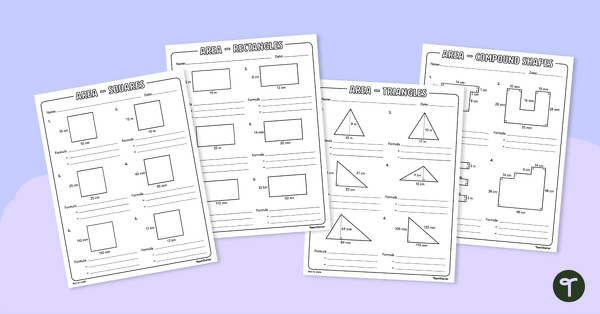
Area Worksheets
Practice finding the area of different shapes with this set of 4 worksheets.
- Plus Plan
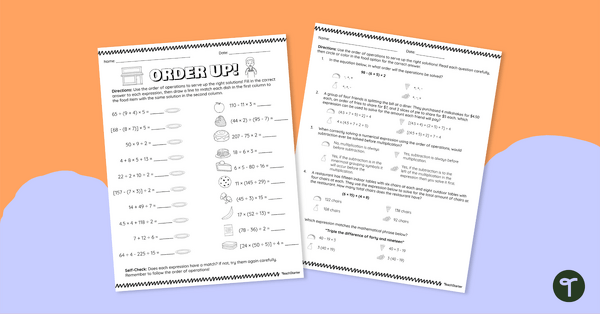
Order Up! Numerical Expressions Worksheet
Solve problems by using order of operations to evaluate numerical expressions.
- Plus Plan

Dividing Fractions – Differentiated Worksheets
Practice dividing fractions with this set of differentiated worksheets.
- Plus Plan
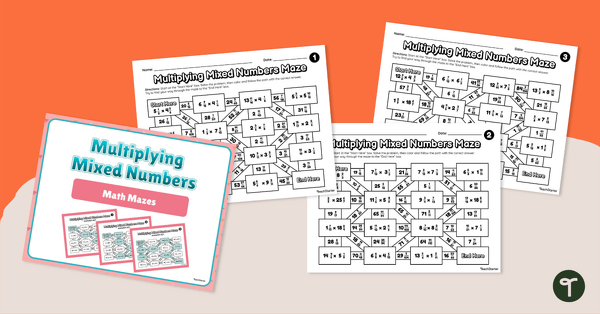
Multiplying Mixed Numbers – Math Mazes
Practice multiplying mixed numbers while finding your way through this set of 3 math mazes.
- Plus Plan
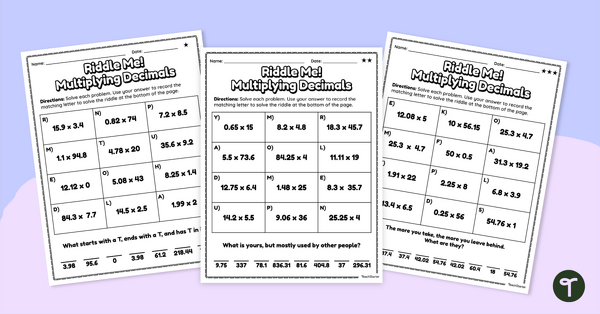
Multiplying Decimals – Riddle Worksheets
Get students solving decimal multiplication problems with this set of 3 differentiated riddle worksheets.
- Free Plan
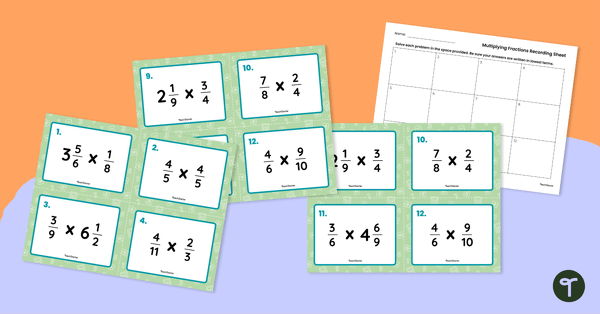
Multiplying Fractions Task Cards
Practice multiplying fractions with a set of 12 task cards.
- Plus Plan
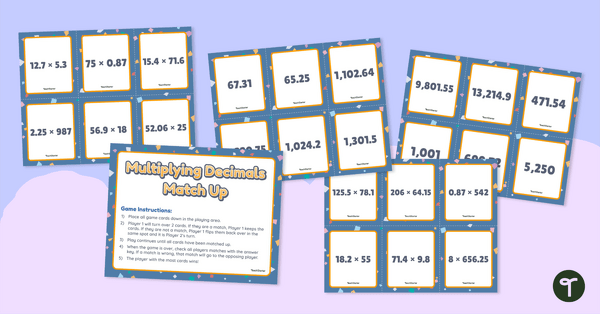
Multiplying Decimals – Match-Up Activity
Get students multiplying decimals with this engaging card game, perfect for elementary school math centers.
- Plus Plan
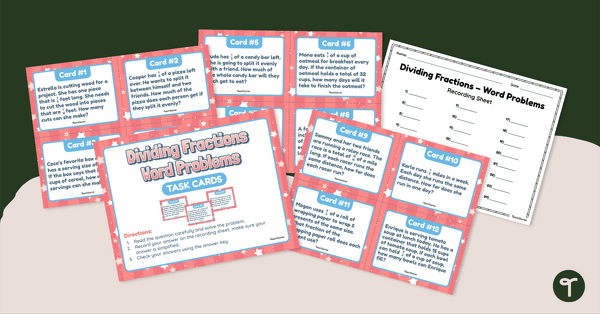
Dividing Fractions –Word Problem Task Cards
Solve word problems by dividing fractions and whole numbers with this set of 24 task cards.
- Plus Plan
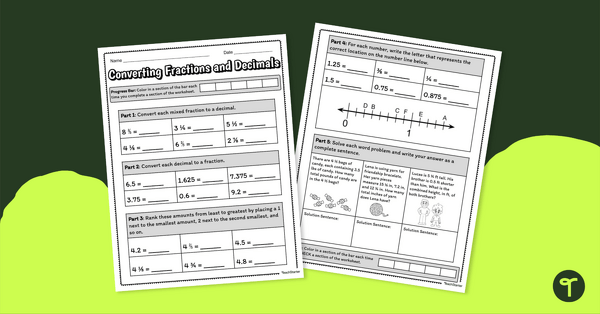
Converting Fractions and Decimals – Worksheet
Solve problems that involve converting fractions and decimals with this worksheet.
- Plus Plan
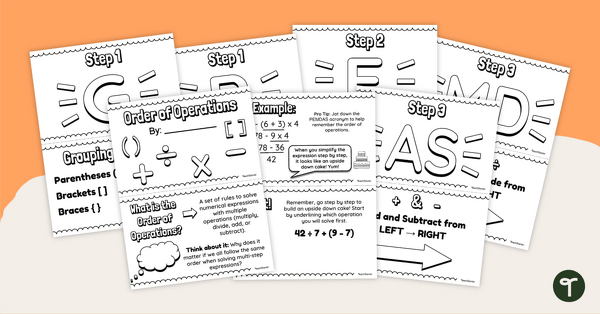
Order of Operations – Mini Book
Learn how to solve equations using order of operations with this mini book.
- Plus Plan
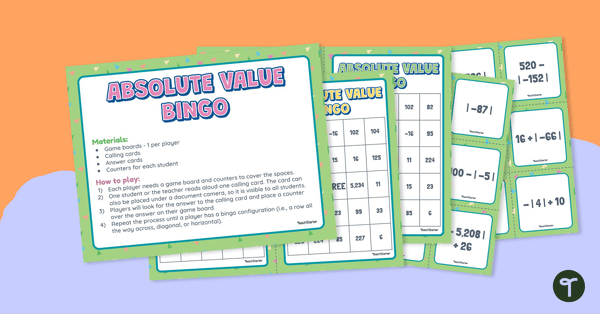
Absolute Value Bingo
Practice solving equations and finding the absolute value of a number with this whole-class Bingo game.
- Plus Plan
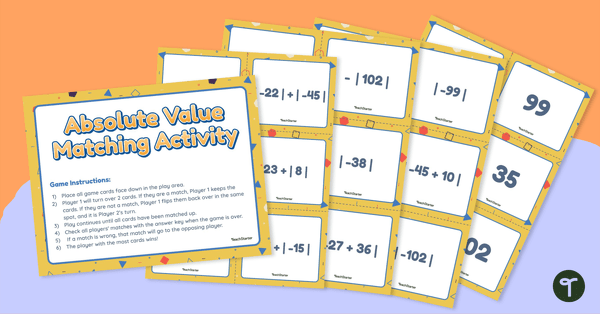
Absolute Value - Matching Activity
Practice solving equations with absolute value with a 36-card match-up activity.
- Plus Plan
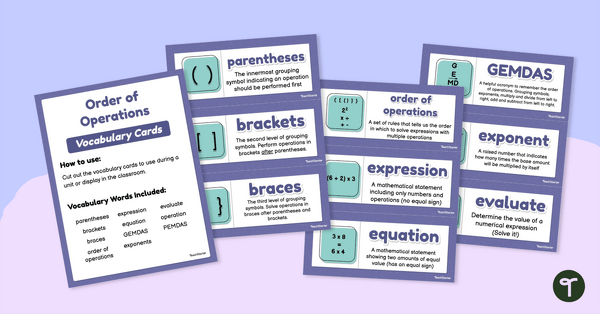
Order of Operations – Vocabulary Cards
Promote math vocabulary development with this set of 11 order and operations vocabulary cards.
- Plus Plan
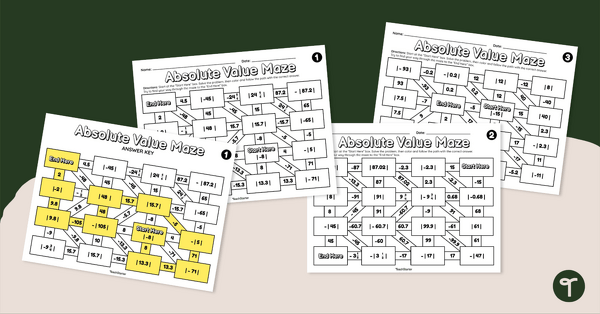
Absolute Value Mazes
Calculate the absolute value of rational numbers while finding your way through this set of 3 math mazes.
- Plus Plan
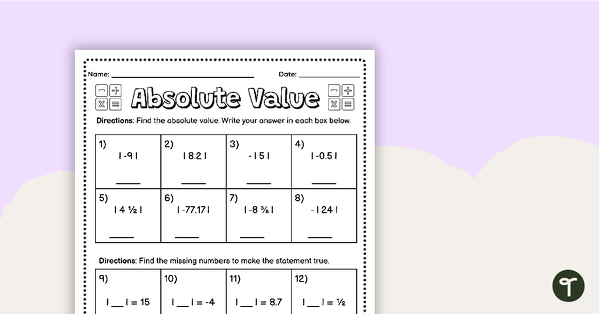
Absolute Value - Worksheet
Find the absolute value of a number and determine values to make a number sentence true with this worksheet.
- Plus Plan
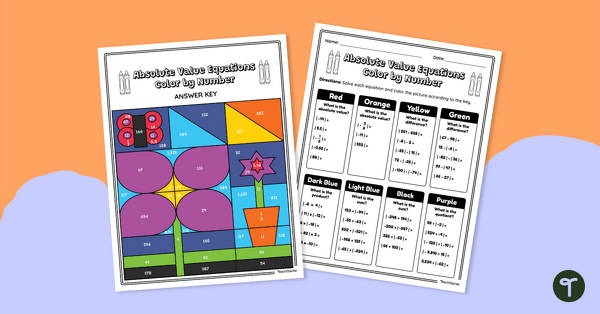
Absolute Value Equations - Color by Number
Practice finding the absolute value of rational numbers and solving equations with this color by number worksheet.
- Plus Plan

Input-Output Tables and Graphing Task Cards
Practice reading input-output tables and plotting points in the first quadrant with this set of task cards.
- Plus Plan
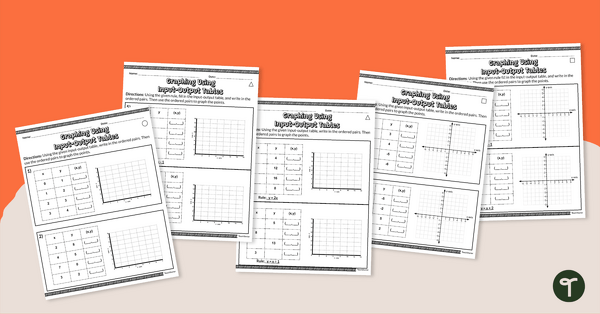
Graphing Using Input-Output Tables – Differentiated Worksheets
Use data from input-output tables to graph points with this set of differentiated worksheets.
- Plus Plan
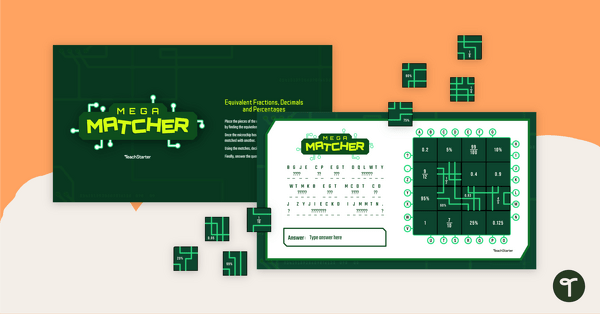
Mega Matcher (Fractions, Decimals, and Percentages) 6th Grade Math Interactive Game
Match equivalent fractions, decimals, and percentages with this interactive game for 6th grade math with a code-cracking twist.
- Plus Plan
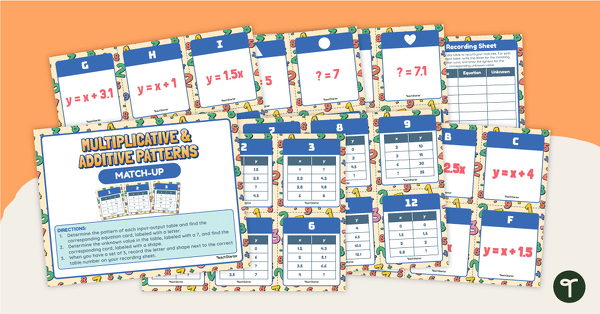
Multiplicative & Additive Patterns – Match-Up
Practice identifying equations and finding unknown values in input-output tables with this match-up activity.
- Plus Plan
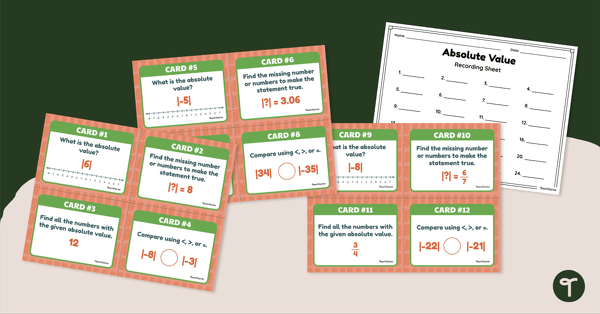
Absolute Value Task Cards
Solve absolute value practice problems with this set of 24 task cards.
- Plus Plan
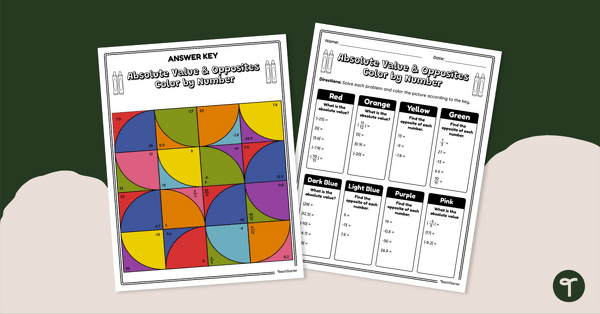
Absolute Value and Opposites – Color by Number Worksheet
Practice finding the absolute value and opposite of a number with this color by number worksheet.
- Plus Plan

Multi-Digit Whole Numbers and Decimals – Exit Tickets
Assess student understanding of multi-digit whole numbers and decimals with this set of math exit tickets.
- Plus Plan
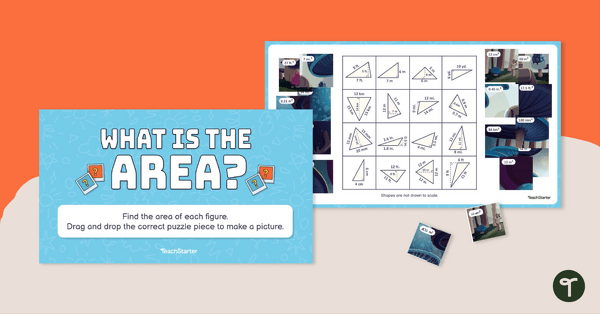
Interactive Area Puzzle (Triangles)
Set this task for students to find the area of 16 triangles on the board and match the corresponding pieces to reveal a mystery picture.
- Free Plan
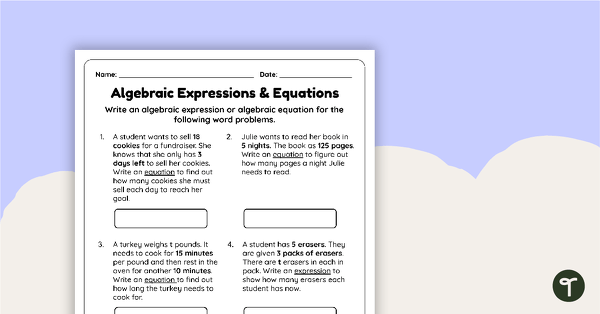
Algebraic Expressions & Equations – Worksheet
Write algebraic expressions and equations for 6 different word problems with this worksheet.
- Free Plan
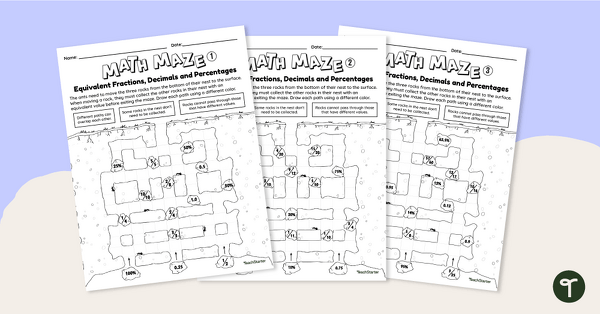
Math Mazes (Equivalent Fractions, Decimals, and Percentages)
Determine equivalent fractions, decimals, and percentages with this puzzling math maze.
- Plus Plan

Grade 6 Daily Warm-Up – PowerPoint 3
A 70-slide PowerPoint presentation containing a variety of quick warm-up activities.
- Plus Plan
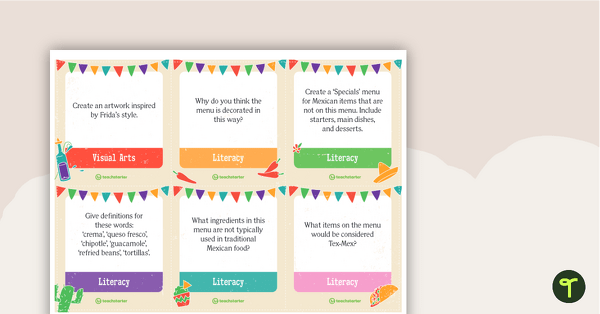
Frida's Fiesta Stimulus – Task Cards
39 activity task cards based on the Frida's Fiesta Restaurant menu which is included.
- Plus Plan
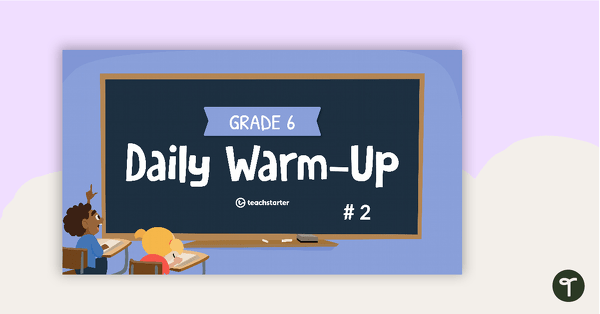
Grade 6 Daily Warm-Up – PowerPoint 2
A 76-slide PowerPoint presentation containing a variety of quick warm-up activities.
- Plus Plan
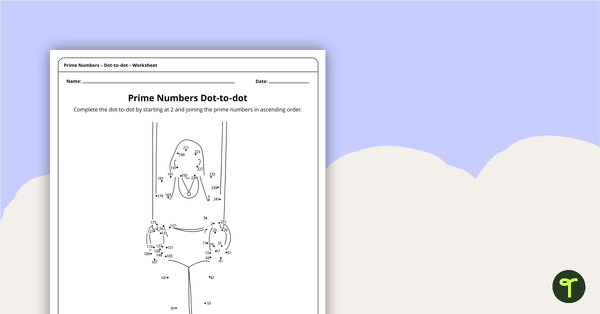
Complex Dot-to-dot – Prime Numbers (Gymnast) – Worksheet
A complex dot-to-dot where students demonstrate their knowledge of prime numbers.
- Plus Plan

Complex Dot-to-dot – Square Numbers (Skateboarder) – Worksheet
A complex dot-to-dot where students order square numbers.
- Plus Plan
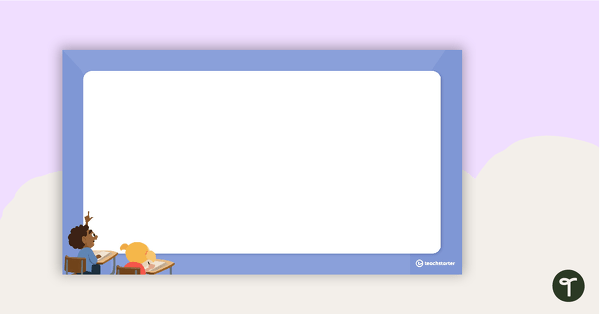
Grade 6 Daily Warm-Up – PowerPoint 1
An 80-slide PowerPoint presentation containing a variety of quick warm-up activities.